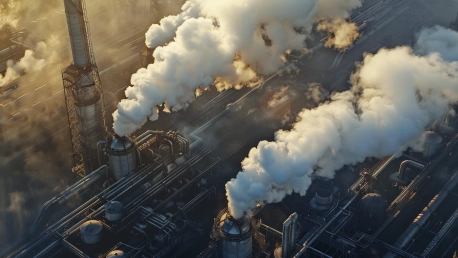Our modern industrial landscape, which encompasses sectors from ethanol production to paper manufacturing, confronts an existential challenge: controlling carbon dioxide emissions. Carbon capture technology emerges as an essential player in this arena, bearing the promise of a cleaner future. This process is not just a technological marvel but also a cornerstone of the Biden-Harris Administration’s climate plan, aiming for a net-zero emission economy by 2050. The progression of carbon capture technologies, critical to mitigating climate change, unfolds through a defined pipeline that ushers in next-generation methods more cost-effective and efficient than ever before.
The Journey from Lab to Pilot Scale
Laboratory research marks the genesis of carbon capture’s evolution, where scientists meticulously experiment with novel amine-based techniques, among others. This foundational phase determines the basic principles and potential effectiveness of the methods. To transition from the lab’s controlled environments to the variable conditions of the real world, mid-scale pilot testing becomes crucial. Here, scientists and engineers rigorously assess the scalability of these technologies—meticulously analyzing carbon dioxide removal effectiveness and evaluating overall efficiency.As these carbon capture methods demonstrate promise in pilot studies, the next leg of their journey involves scaling up. Large-scale pilot testing further refines the procedures, ensuring that they can handle the vast volume of emissions typical of industrial settings. It’s during this stage that the practicality of widespread implementation begins to crystallize, warranting the need for comprehensive, commercial demonstrations.
Ascending to Full-Scale Commercialization
The evolution of carbon capture techniques is vital in the global effort to combat climate change, with new advancements shaping up to be both more cost-effective and efficient. As these methods prove their efficacy and value through pilot projects and large-scale testing, they enter the threshold of full-scale commercialization. At this level, carbon capture technologies are deployed across industries, truly revolutionizing how businesses operate and manage their emissions. The push towards commercial viability is also supported through policy frameworks, investment in innovation, and public-private partnerships, propelling carbon capture solutions into the mainstream. This journey from the laboratory to commercial application signals a significant stride towards actualizing the Biden-Harris Administration’s commitment to a greener, more sustainable future.









